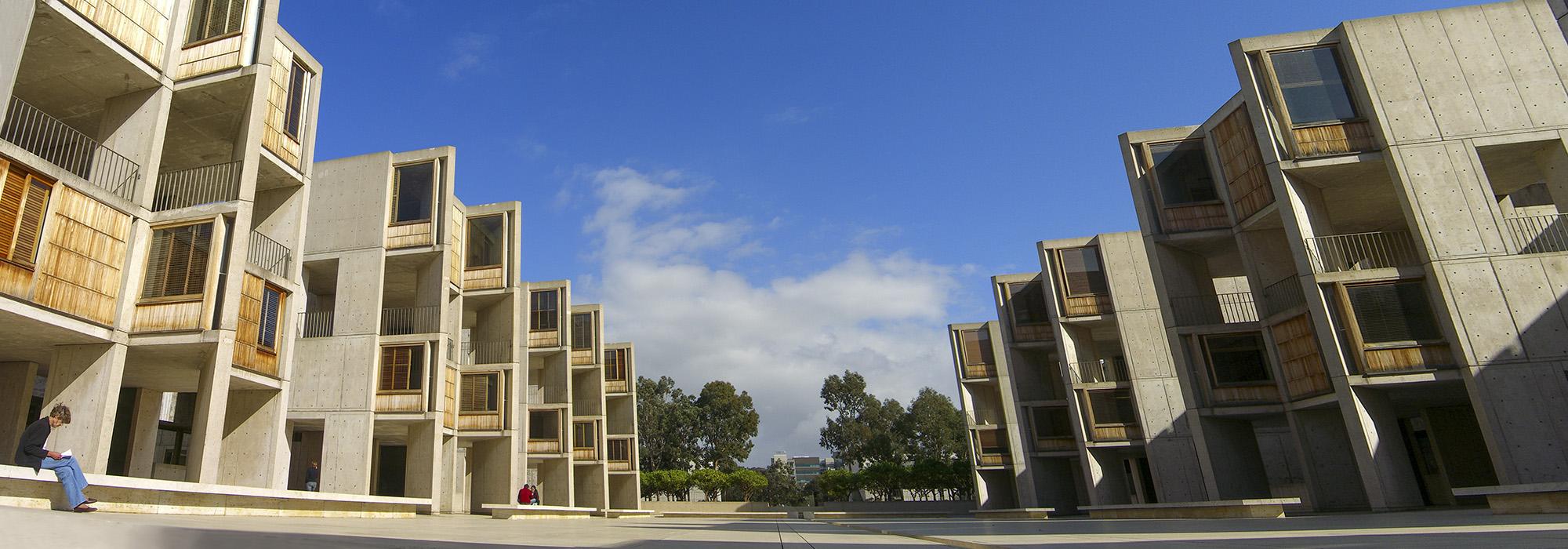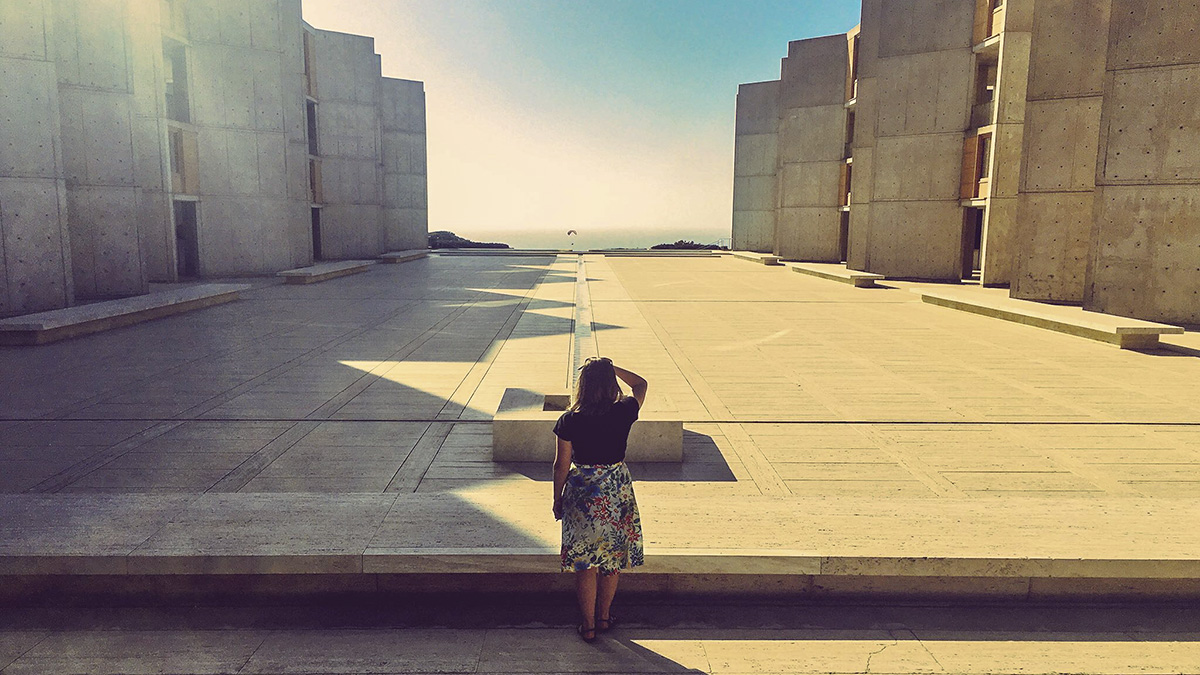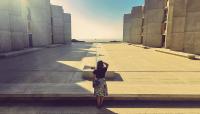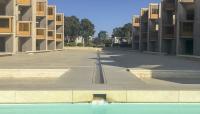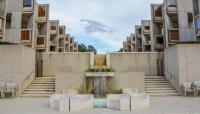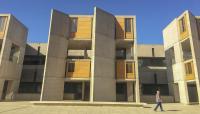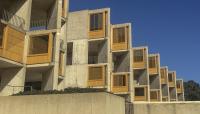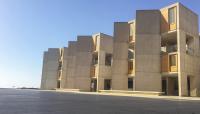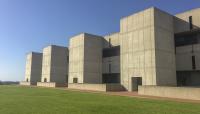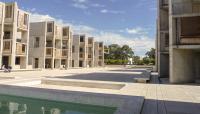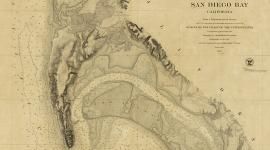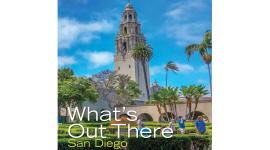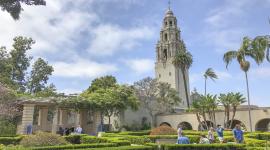Landscape Information
Perched atop a coastal bluff overlooking the Pacific Ocean, this institute was founded in 1963 by Jonas Salk, developer of the polio vaccine. Gifted 27 acres within the La Jolla community by the City of San Diego, Salk partnered with architect Louis Kahn to create a biological research center inspired by the surrounding Torrey Pines mesa. One year after the center opened in 1965, Lawrence Halprin created a landscape plan that was ultimately unrealized. Mexican landscape architect Luis Barragán subsequently advised Kahn to keep the courtyard open and free of planting. In one of his final projects, landscape architect Roland Hoyt planted a variety of eucalyptus trees that frame the campus. Designed by Anshen+Allen, the east campus, two parallel laboratories that bracket a red-brick entrance plaza, was added in 1995.
The core of the institute consists of a minimalist travertine courtyard bordered to the north and south by two brutalist, six-story laboratories made of pozzolanic cement and teak wood. Emphasized by the sparseness of the surrounding infrastructure, the arrangement creates a tightly framed vista towards the horizon. A thin runnel runs the length of the plaza, extending west into a shallow, rectangular reflecting pool that cascades into a lower landing. The view is sustained as the campus extends eastward through orange-tree parterres and a eucalyptus grove before descending to the newer laboratories and entrance. A line of red eucalyptus trees borders the property’s eastern edge along North Torrey Pines Road. The undeveloped land to the west contains acres of Diegan coastal sage scrub, southern mixed chaparral, and a small wetland.



